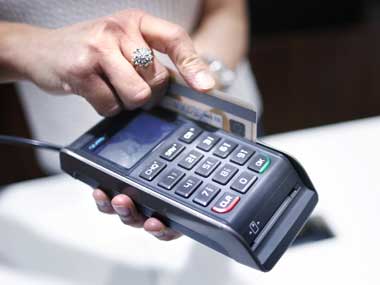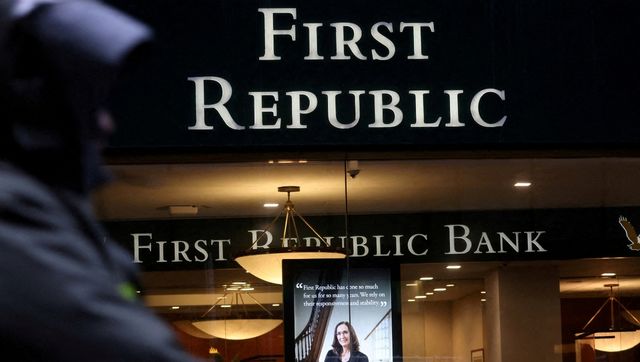Things are going to change as far as usage of debt cards go, from 1 December. As per the Reserve Bank of India’s guideline, after 30 November all transactions at merchants outlets will need to be validated using your automated teller machine PIN.
How this would work:
Normally, when you shop at a retail outlet, you hand the card to the cashier, who swipes the card on the point of sale terminal. The machine spits a couple of slips, one of which you need to sign and return to the merchant. But now, just after the merchant swipes your debit card on the point of sale terminal and enter the transaction amount, the POS machine will prompt for you ATM PIN. Only then will the transaction go through.
What to keep in mind:
Cashier counter is usually a crowded place, and there is a good possibility that someone shoulder surfs (see from behind the PIN you are entering on the machine). We suggest that even as you punch the PIN in the machine, use your other hand to protect your PIN from onlookers. You should never disclose your PIN to anyone. If you are in a restaurant, where usually you sit at the table while the waiter swipes the card at the cash counter, we suggest you walk to the cash counter and enter the PN your self. DO NOT disclose it to the waiter. The same applies at petrol pumps. Never let the card go out of your sight ever.
Banks like HDFC and Yes have already informed theircustomersabout the same. While this story talks about debit cards, many banks as per RBIs mandate have moved to chip and pin system, especially for international credit cards, eventually even domestic credit card would move to chip and pin.
End note:
And if you have not changed you card PIN for many years, it is about time you do. In face, it would be good if you get into the habit of changing your PIN every few months, like you change your password. And for your own sake, please choose a PIN combination which isdifficultto guess, so no 5555, OR 9999, OR 1234. Of course, this might seem like an added headache, but it’s for your own good.


)




)
)
)
)
)
)
)
)